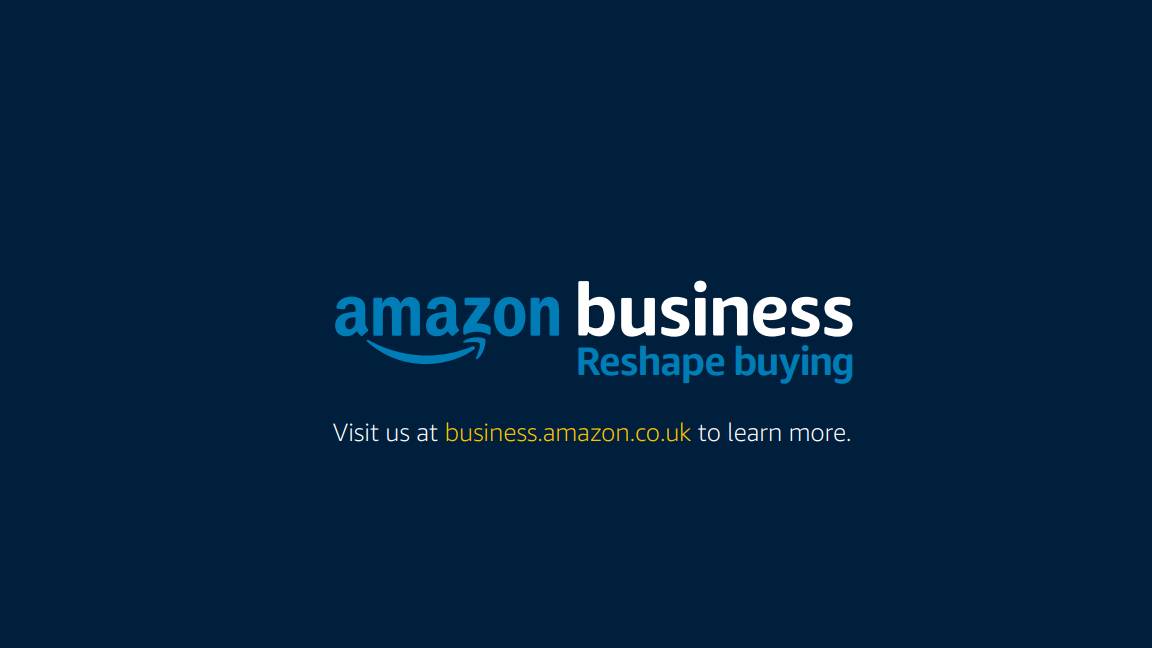Disruptive technologies: How far should they go?
Too little and you fall behind, too much and you could ruin the company. So, how far is too far?


There are hardly any businesses nowadays that don't rely on technology in order to operate. But the relentless stream of new technology that has made its way into businesses and homes can sometimes seem a little too much.
Can then, disruptive technologies be too disruptive for businesses that are more keen on getting on with business?
Sometimes people get carried away with disruption and think you have to be disruptive for the sake of it.
Businesses have already had to adjust to the new realities of cloud computing, mobile technologies and social networking. It wasn't easy, but they did it. Just as the dust in settling on these, other emerging technologies are coming into play. And who knows what effect such further disruption will really have on business operations.
At an event in Central London held by PA Consulting Group in late November, a panel of business leaders and experts discussed how disruptive organisations and their leaders can and should be.
"Sometimes people get carried away with disruption and think you have to be disruptive for the sake of it," said Oday Abbosh, founder and chief executive of Better All Round.
"When its comes to driving change, driving innovation and creative thinking, I would start be saying, what's the purpose of this, what is the real object what are we solving for?"
Innovation for the sake of innovation will not get a company very far, argued Abbosh. He said there were plenty of examples here and, that, a lot of time this is only so that people working on those innovations can feel good about themselves.
Get the ITPro daily newsletter
Sign up today and you will receive a free copy of our Future Focus 2025 report - the leading guidance on AI, cybersecurity and other IT challenges as per 700+ senior executives
He added that any organisation with a business focus should concentrate on what they are doing and why.
Another member of the panel, scientist and broadcaster Baroness Susan Greenfield, said that disruption is only the first stage of creativity.
"You challenge dogma, in technology, you as: 'Why is the engine in the front of the car?'" she said.
In the second stage you have to bring unusual things together, "you have to join the dots," Greenfield said. But for her, this isn't the complete story, as the third part is crucial, as it has to mean something.
"You can't just have disruption or deconstruction, you have to bring these things together. And, afterwards, this all has to mean something or have a significance or relevance," Greenfield added.
Rene Millman is a freelance writer and broadcaster who covers cybersecurity, AI, IoT, and the cloud. He also works as a contributing analyst at GigaOm and has previously worked as an analyst for Gartner covering the infrastructure market. He has made numerous television appearances to give his views and expertise on technology trends and companies that affect and shape our lives. You can follow Rene Millman on Twitter.
-
 Should AI PCs be part of your next hardware refresh?
Should AI PCs be part of your next hardware refresh?AI PCs are fast becoming a business staple and a surefire way to future-proof your business
By Bobby Hellard
-
 Westcon-Comstor and Vectra AI launch brace of new channel initiatives
Westcon-Comstor and Vectra AI launch brace of new channel initiativesNews Westcon-Comstor and Vectra AI have announced the launch of two new channel growth initiatives focused on the managed security service provider (MSSP) space and AWS Marketplace.
By Daniel Todd
-
 Predicts 2024: Sustainability reshapes IT sourcing and procurement
Predicts 2024: Sustainability reshapes IT sourcing and procurementwhitepaper Take the following actions to realize environmental sustainability
By ITPro
-
 Advance sustainability and energy efficiency in the era of GenAI
Advance sustainability and energy efficiency in the era of GenAIwhitepaper Take a future-ready approach with Dell Technologies and Intel
By ITPro
-
 2024 State of procurement report
2024 State of procurement reportWhitepaper The trends shaping the future of business buying
By ITPro
-
 Digital optimisation paves the way to strategic supplier management
Digital optimisation paves the way to strategic supplier managementWhitepaper Procurement’s role as a strategic driver
By ITPro
-
 Bringing order to the file management chaos plaguing AEC firms
Bringing order to the file management chaos plaguing AEC firmswhitepaper How a cloud-based solution, supported by edge technology, helps architecture, engineering, and construction firms boost performance and cut costs
By ITPro
-
 File data services to support modern manufacturing
File data services to support modern manufacturingwhitepaper Smart file data services deliver resilience and intelligence to the modern manufacturing organization
By ITPro
-
 Innovation in product development
Innovation in product developmentwhitepaper The latest data on how successful product development teams collaborate to build the future
By ITPro
-
 The small and medium business guide to buying
The small and medium business guide to buyingWhitepaper Optimising purchasing to save in 2024
By ITPro